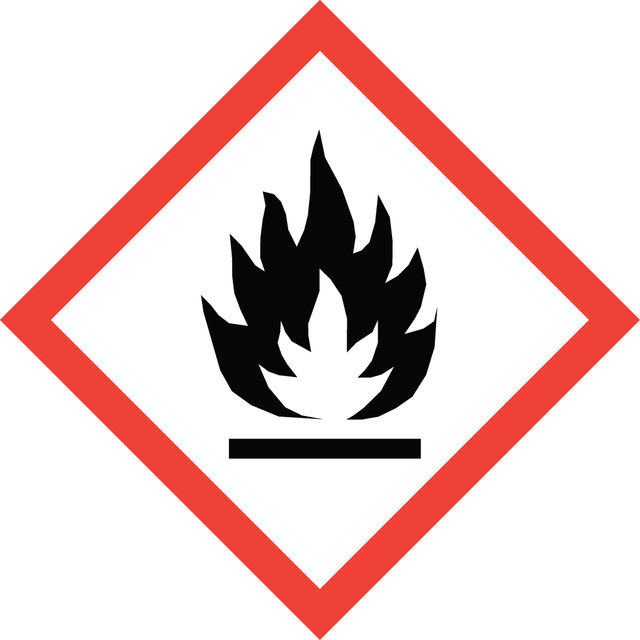Sign In to View Organizational & Contract Pricing
Select a Size
About This Item
Linear Formula:
Fe
CAS Number:
Molecular Weight:
55.85
EC Number:
MDL number:
UNSPSC Code:
12141721
PubChem Substance ID:
NACRES:
NA.23
Quality Level
Assay
>99.99% trace metals basis
form
granular
resistivity
9.71 μΩ-cm
particle size
10-40 mesh
bp
2750 °C (lit.)
mp
1535 °C (lit.)
density
7.86 g/mL at 25 °C (lit.)
SMILES string
[Fe]
InChI
1S/Fe
InChI key
XEEYBQQBJWHFJM-UHFFFAOYSA-N
General description
Iron (Fe) is a dense, malleable, andductile metal known for its strength and versatility. This product features agranular particle size of 10-40 mesh, a resistivity of 9.71 μΩ-cm at 20°C, anda density of 7.86 g/mL at 25 °C. Iron is widely utilized in various industrialapplications due to its excellent mechanical properties and abundance. Ourhigh-purity iron is characterized by an assay of >99.99% trace metals basis,ensuring exceptional quality and reliability for sensitive applications inelectronics, material science, and research. Heterogeneous Catalysts: Ironis used in various catalytic processes, including the Haber-Bosch process forammonia synthesis, where it serves as a catalyst.Batteries: Iron is used in some types of batteries, suchas iron-air batteries, which have potential for energy storage applications.
Application
- Progress and perspectives on iron-based electrode materials for alkali metal-ion batteries: a critical review.: This review explores the recent advancements and future prospects of iron-based electrode materials in alkali metal-ion batteries, highlighting their potential for high energy density and sustainable energy storage solutions (Li et al., 2024).
- Iron-Based Electrodes Meet Water-Based Preparation, Fluorine-Free Electrolyte and Binder: : This study examines the use of water-based preparation methods and fluorine-free electrolytes in the development of iron-based electrodes, proposing a more sustainable approach to lithium-ion battery production (Valvo et al., 2017).
Signal Word
Warning
Hazard Statements
Precautionary Statements
Hazard Classifications
Flam. Sol. 2 - Self-heat. 2
Storage Class Code
4.2 - Pyrophoric and self-heating hazardous materials
WGK
nwg
Flash Point(F)
69.8 °F
Flash Point(C)
21 °C
Choose from one of the most recent versions:
Already Own This Product?
Find documentation for the products that you have recently purchased in the Document Library.
Tomasz Pytrus et al.
Polski merkuriusz lekarski : organ Polskiego Towarzystwa Lekarskiego, 34(203), 263-268 (2013-07-31)
The aim of the study was to analyze the occurrence of anemia in children with newly diagnosed Crohn's disease and 3 months after the initiation of treatment depending on location and activity of the disease. 36 children aged from 2
Elzbieta Krzesiek et al.
Polski merkuriusz lekarski : organ Polskiego Towarzystwa Lekarskiego, 34(203), 289-292 (2013-07-31)
Anemia is a frequent symptom of diseases of alimentary tract, also in children. Among others, inflammatory bowel disease, celiac disease and Helicobacter pylori are most often complicated by anemia. Not infrequently these disorders are accompanied by more than one type
Iron fortification and malaria risk in children.
Andrew M Prentice et al.
JAMA, 310(9), 914-915 (2013-09-05)
Stanley Zlotkin et al.
JAMA, 310(9), 938-947 (2013-09-05)
In sub-Saharan Africa, malaria is a leading cause of childhood morbidity and iron deficiency is among the most prevalent nutritional deficiencies. In 2006, the World Health Organization and the United Nations Children's Fund released a joint statement that recommended limiting
Shaun D Wong et al.
Nature, 499(7458), 320-323 (2013-07-23)
Mononuclear non-haem iron (NHFe) enzymes catalyse a broad range of oxidative reactions, including halogenation, hydroxylation, ring closure, desaturation and aromatic ring cleavage reactions. They are involved in a number of biological processes, including phenylalanine metabolism, the production of neurotransmitters, the
Articles
Higher transition metal silicides are ideal for anisotropic thermoelectric conversion due to their Seebeck coefficient anisotropy and mechanical properties.
Our team of scientists has experience in all areas of research including Life Science, Material Science, Chemical Synthesis, Chromatography, Analytical and many others.
Contact Technical Service